8 types of soil commonly used for home gardening
Sunlight Temperature Humidity

Focus first
8 types of soil commonly used for home gardening:
1. Humus soil:
Also known as manure soil. It is made from a mixture of livestock manure, bedding and feed residues through fermentation, and contains a variety of organic matter and nitrogen, phosphorus, potassium, etc. It is mainly composed of humus, with a loose texture, acidic, rich in nutrients, strong fertilizer and water retention, but poor drainage.
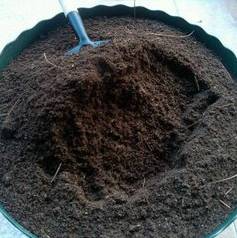
2. Leaf mold:
Leaf humus is the topsoil of forests in nature, formed by fallen leaves that have accumulated and decayed over many years. Leaf humus is loose, porous, acidic or slightly acidic, rich in nutrients, and suitable for growing various flowers that prefer acidic soil. It is also one of the main materials for preparing potted flower culture soil.
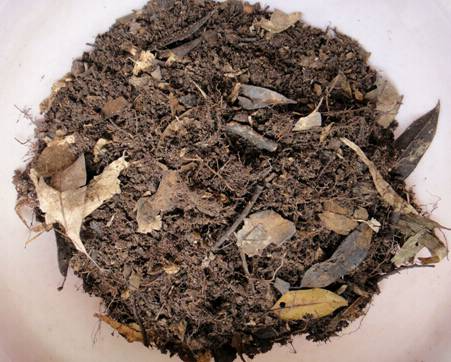
3. Peat soil:
Peat soil is also called peat soil, which is collected from peat bogs. It is formed by the continuous accumulation of organic matter or under flooding conditions. Some of it has been carbonized, dark brown in color, acidic, rich in organic matter, sometimes as high as 80%-90%, which can improve the physical properties of the soil. Peat soil itself does not have much nutrients for plants to absorb and utilize, but it contains a lot of fiber and humic acid, and has a strong ability to absorb fertilizer and retain water. It is a good material for preparing flower culture soil.
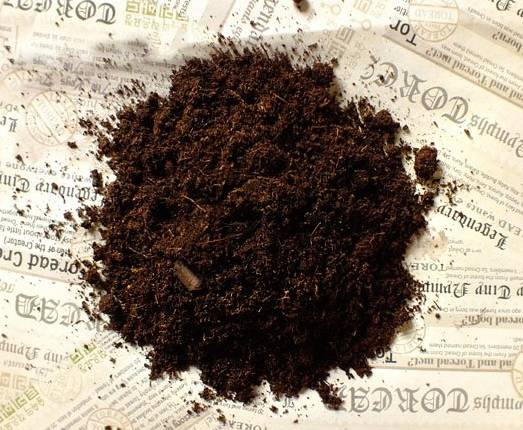
4. Turf soil:
It is made by the accumulation and decay of weeds, straw, etc. mixed with animal manure. It contains a lot of humus and minerals and is weakly acidic.
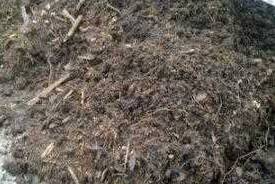
5. Coniferous soil:
It is formed by the accumulation of fallen leaves and branches of coniferous trees in the Pinaceae and Cupressaceae families and mosses. Coniferous soil formed by fallen leaves of spruce and fir is acidic (pH 3.5-4.0) and rich in humus, which is suitable for flowers that prefer acidic soil.
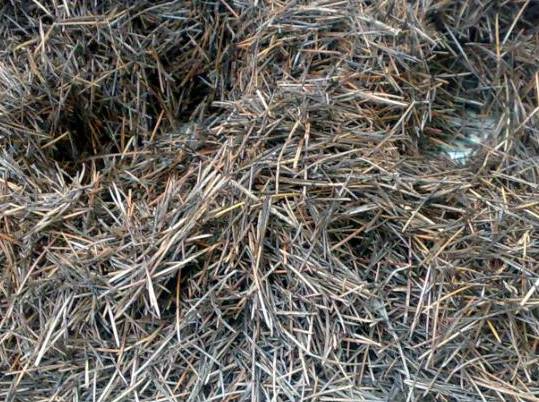
6. Mountain mud:
Commonly known as orchid soil, it is a natural humus soil produced in the mountainous areas of Jiangsu and Zhejiang, formed by the decay of fallen leaves accumulated over many years. It is dark brown in color, loose, light in texture, breathable, draining, and can retain fertilizer and water, making it a good potting soil. This soil is slightly acidic and suitable for growing flowers that prefer acidic soil.
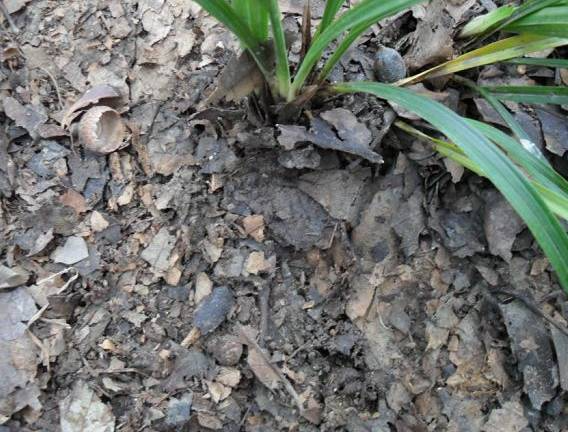
7. Plain sand:
A fine sandy soil with a pure texture, good ventilation and water permeability, but no fertility, no granular structure, and poor water retention. It is often used as soil for sowing or cutting of general flowers, and is also one of the raw materials for preparing culture soil.
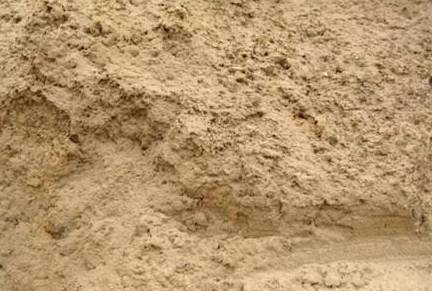
8. Guangdong pond mud:
It is the fertile pond mud in South China. It is the topsoil that has been deposited at the bottom of the pond for many years. It is rich in organic matter, sufficient in nutrients, slightly acidic and has a hard texture.
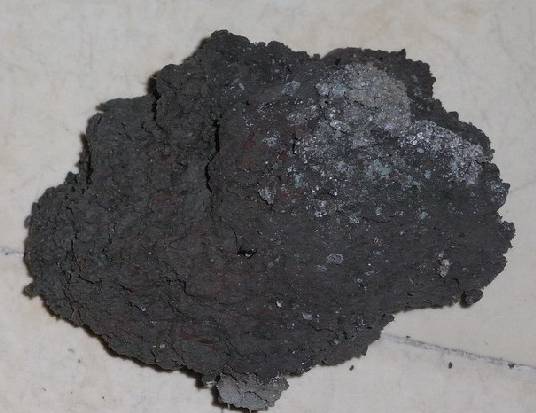
In addition, lake soil, river mud, garden soil, field soil, slag soil, horse manure soil, etc. are commonly used for growing flowers at home.

The world with flowers is fragrant.
